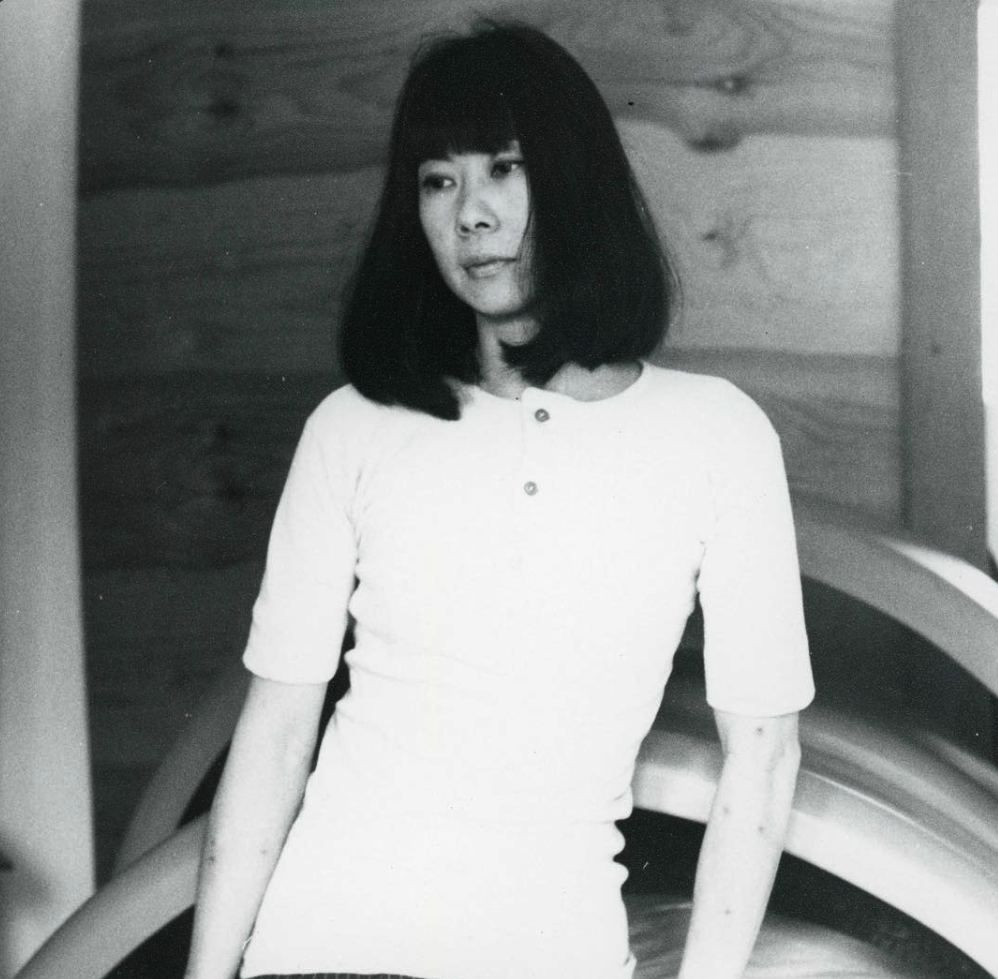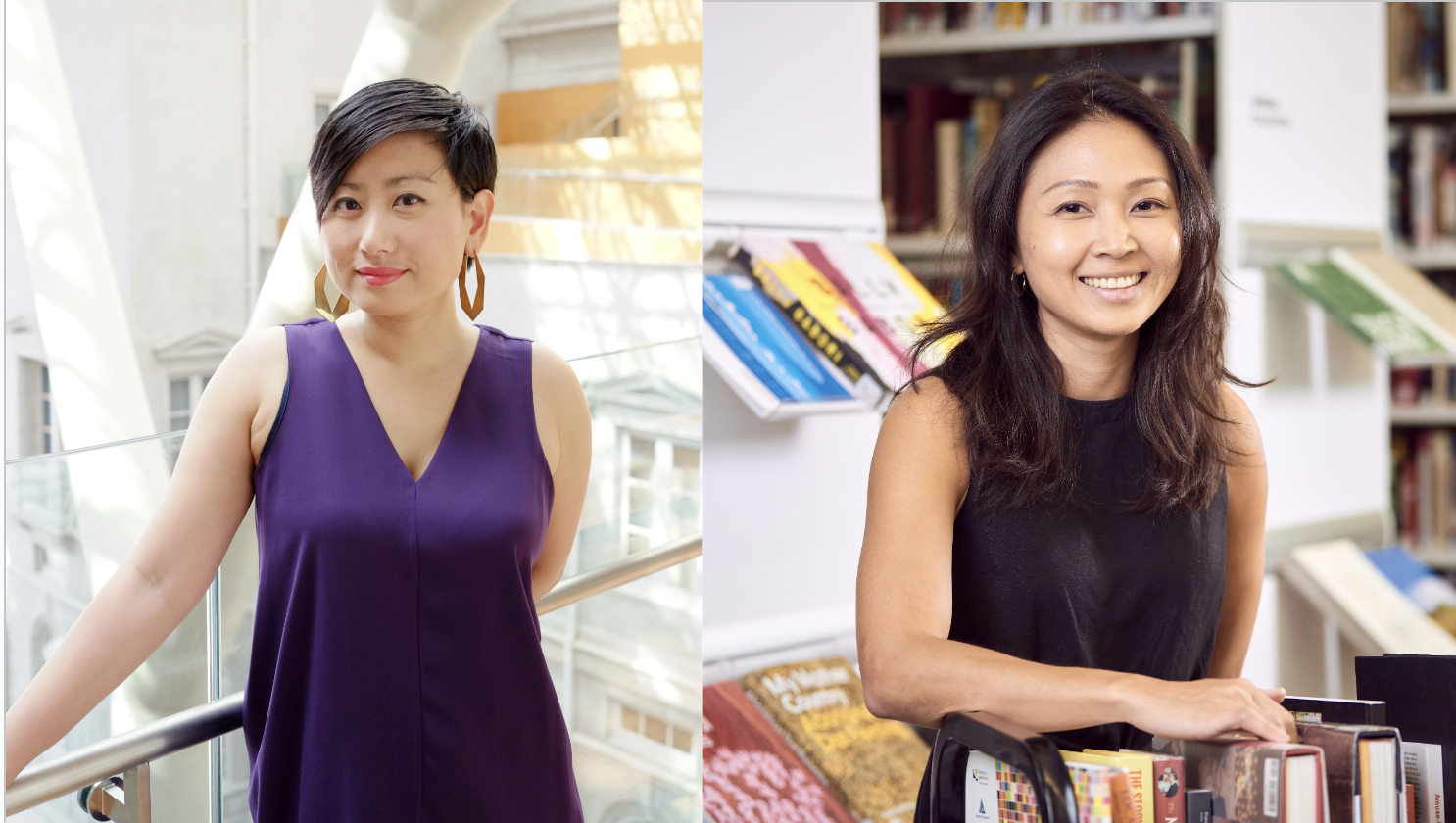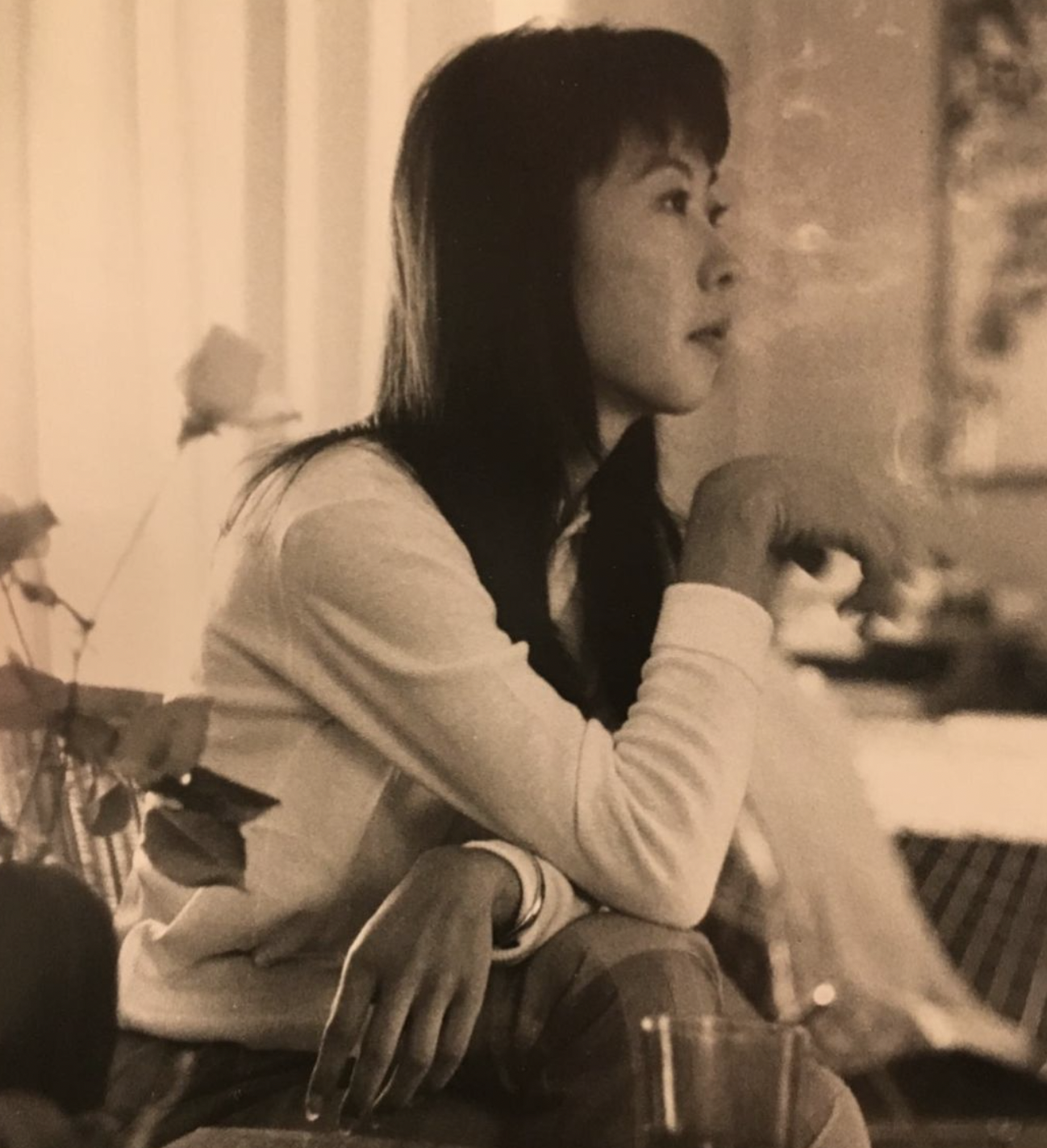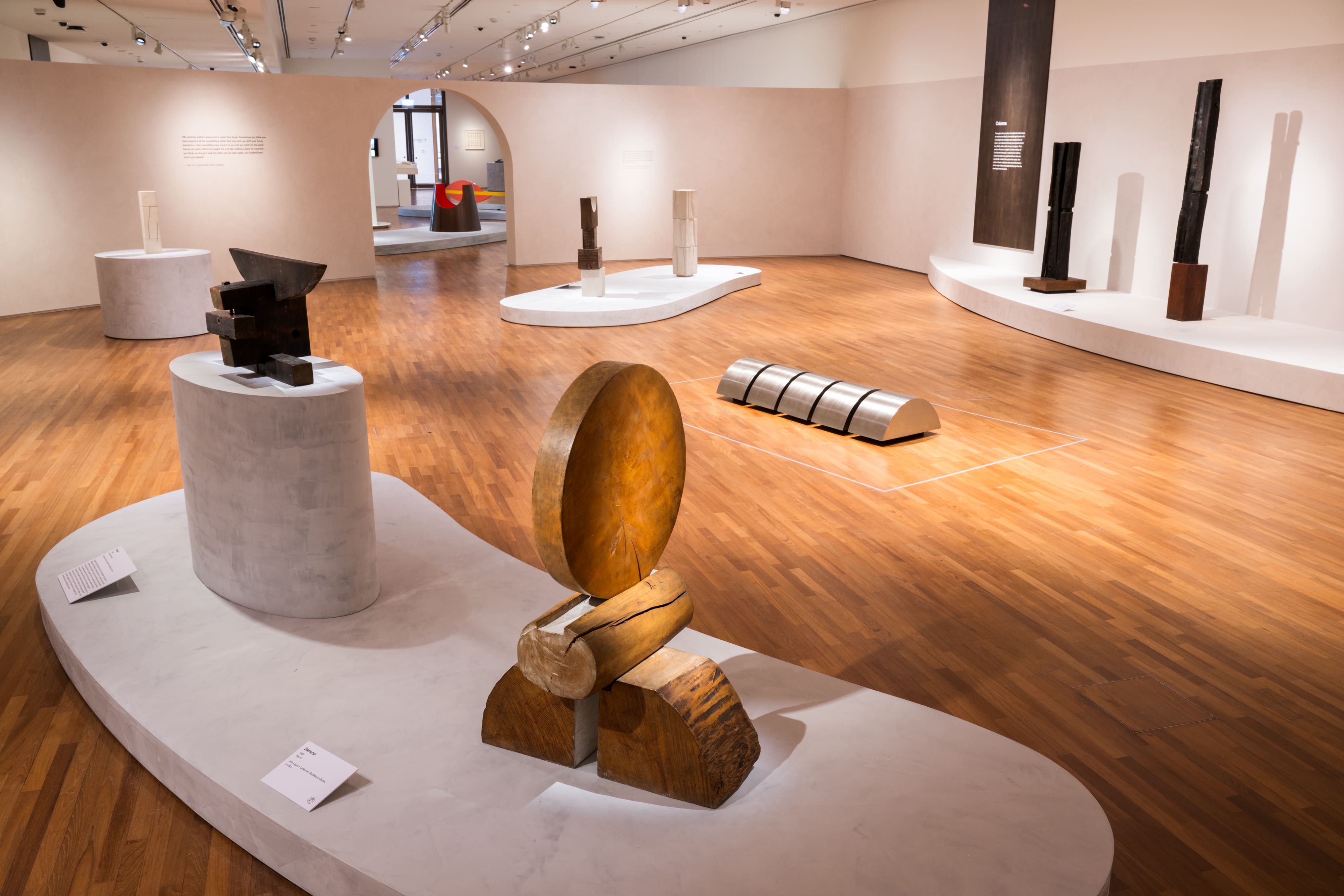When one hears the name Kim Lim, the first person most likely to come to mind would be the socialite-entrepreneur daughter of Singaporean billionaire tycoon Peter Lim. However, decades ago, another Kim Lim from Singapore was making significant waves in the world of art well beyond our shores.
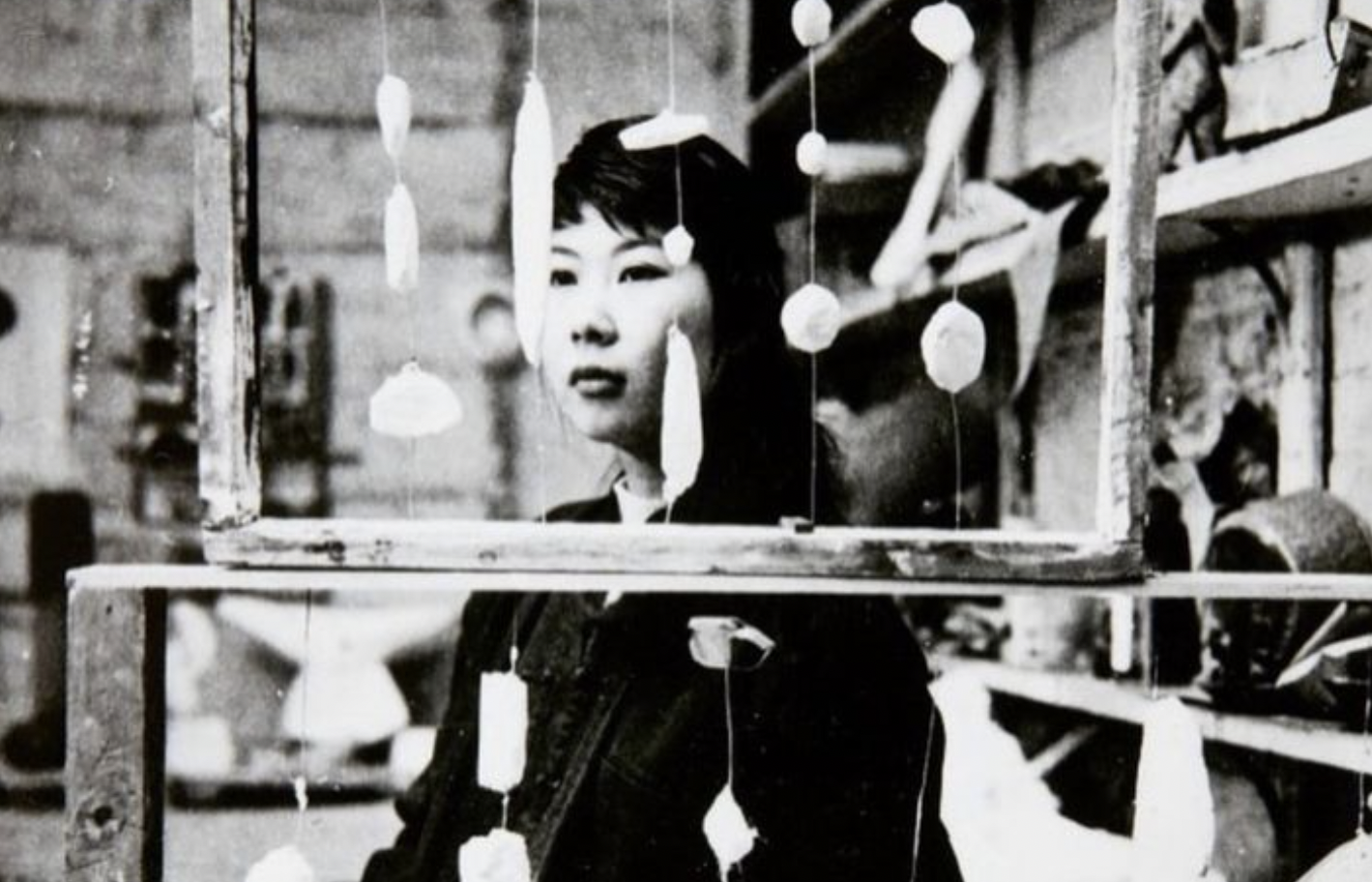
Rediscovering Kim Lim: A trailblazing artist's journey from Singapore to global acclaim
National Gallery Singapore
To encourage a whole new generation to discover the highly revered Singapore-British artist phenomenal works, the National Gallery Singapore is presenting the most comprehensive museum survey of the late artist works to date. “Kim Lim: The Space Between. A Retrospective” is a landmark exhibition organised into four thematic and periodic sections, each highlighting Lim’s predominant aesthetic preoccupations of the time.
The exhibition is the third instalment of the Gallery’s four-part SG Artist series and runs from now till 2 Feb, 2025.
THE EARLY YEARS AND HERITAGE
Singapore-born British artist Kim Lim spent her early childhood in Penang and Malacca, courtesy of her father's postings as a barrister and magistrate. On her maternal side, Lim boasts lineage from Singapore pioneer and philanthropist Tan Tock Seng. This rich heritage laid a foundation for her unique perspective on the arts.
Before she decided to be an artist, Lim attended the Methodist Girls’ School where she initially harboured dreams of becoming a ballet dancer. However, at 17, she decided to pursue visual arts, leaving Singapore to study in London. There, she immersed herself in sculpting, printmaking and understanding the intricacies of light, space and rhythm and how they all interact together.
During Lim's formative years, artists used art as a powerful medium to voice the people's aspirations for independence and address social conditions. While this was pivotal for Singapore’s progress, Lim’s work underscores the importance of pursuing personal passion and expression.
BREAKING BOUNDARIES
Despite the potential for developing her craft in Singapore, Lim's decision to study abroad was timely. Her sculptures, created for both personal and public projects, reflect a meticulous dedication to form and precision.
In 1966, Lim was invited to install her sculpture "Day" at the Malaysia-Singapore Airlines building, though this idea was later shelved. Today, this piece can be admired at the National Gallery of Singapore. The same year, Lim made a second version of artwork for the “Sculpture in the Open Air at Battersea Park” London exhibition.
THE LEGACY OF KIM LIM
Curators Adele Tan and Joleen Loh have shared that the selected works for the retrospective exhibition “Kim Lim: The Space Between” had been meticulously curated to trace the evolution of her artistic practice, highlighting her unique minimalist approach influenced by the diverse material cultures she encountered during her extensive travels.
It is evidently clear through Lim’s entire body of work that her artistry transcends geographic and cultural boundaries, reflecting her relentless pursuit of inspiration and innovation. Her continued exposure to global artistic trends secured her status as a renowned artist. Lim’s work remains a testament to her ability to balance precision and creativity, making her an enduring figure in the art world.
Visitors can dive into Lim's creative process through never-before-seen photographs, sketchbooks, printing plates, blocks, and sculptural maquettes from her studio, offering insights into the cosmopolitan influences on her art. It’s a rare opportunity to connect with an artist whose legacy continues to inspire and challenge the boundaries of contemporary art.
SOCIETY AND ITS CONSTRUCTS HAVE NO HOLD ON HER
In a world striving for diversity and inclusion, Kim Lim stands as a beacon of independence. Invited to participate in an exhibition spotlighting diverse and minority artists, Lim declined to avoid being pigeonholed by her ethnicity. She believed her work should be showcased based on merit, not the premise of her background.
The 1960s marked an era where feminist artists started redefining how art is perceived or evaluated according to gender. Living and working in a predominantly white society probably did no favours for an artist who was both Asian and a woman – especially when Lim’s art had several Malayan influences.
After becoming a mother, Lim took a brief hiatus but resumed her artistic journey once her sons started school. From observations, motherhood may have influenced her art, but did not define her. In the mid 1960s, Lim favoured using materials like painted steel, aluminium and fibre glass which allowed her to experiment with colour in her art.
As a mother who was likely teaching her children about colour recognition, this healthy influence gave a new perspective to her art. Artworks like “Borneo I” and “Echo” also have an element of play to it, mimicking the shape and feel of toys for toddlers. This approach resonated strongly with the art world of the 1960s where artists were redefining some of the art principles and norms they were used to.
THE WORLD WAS HER CANVAS
Lim’s Malaysian upbringing clearly inspired her art, evident in the Malay names of several of her pieces. She often reflected nature in her work, as seen in “Langkawi,” which mimics the flow of a stream.
As her quote at the National Gallery Of Singapore reads: “Water plays quite an important part of my work. Ripples, leaves, marks on sand, dunes, erosion…I would like my work to infer rather than refer. It’s not a one-to-one imitation of the world. I’d like to spark and echo in the viewer.”
And it’s present in her marble work, where Lim uses pencils to trace lines and imagine the flow of water against a stone. She wasn’t just limited to nature either, with newer styles emerging from her travels to different countries. A notable example is “Cut Paper Works” which is inspired by the quality of Japanese paper that is used for printing.
Rather than print on them, she manipulates and cuts the paper to see its full potential beyond its intended purpose. This endeavours us to the space between curators Tan and Loh has purposely laid out the exhibit to give visitors the opportunity to observe how light and space interact with Lim’s works, making each experience intensely personal.
What is entirely amazing about Lim’s approach is that she doesnt work with an art concept and material in a conventional or anticipated way. She owns it as her own and manipulates it in a way she wants to, and invites the viewer to envision and imagine it by themselves.
A LASTING LEGACY
Kim Lim passed away at the far too early age of 61 due to cancer. But she never allowed her illness to define or affect her craft. Her final works, displayed at the exhibition's end, symbolise her artistic journey. More than just an artist that broke out on the international stage, Lim epitomises a strong, independent and iconic woman who consistently defied societal norms.
Curators Tan and Lim believe that “The Space Between” exhibition comes at a moment where there is great international interest in the histories of practices by women artists. They’re hoping to build on this momentum, sparking greater interest in local artists and enabling more Singaporeans to discover the depth of talent and rigour in artists like Lim.
Tan and Loh, together with the National Gallery of Singapore, continue to highlight the diverse practices of Singapore-born artists, reminding us of the strikingly different and innovative art traditions in our midst.
Image credit: National Gallery Singapore, Kim Lim Estate, Pip Benviste.






